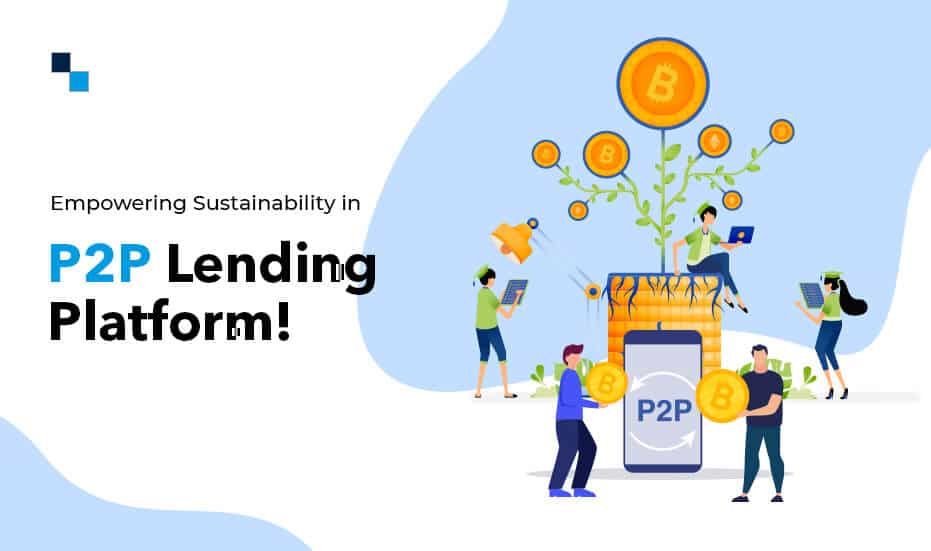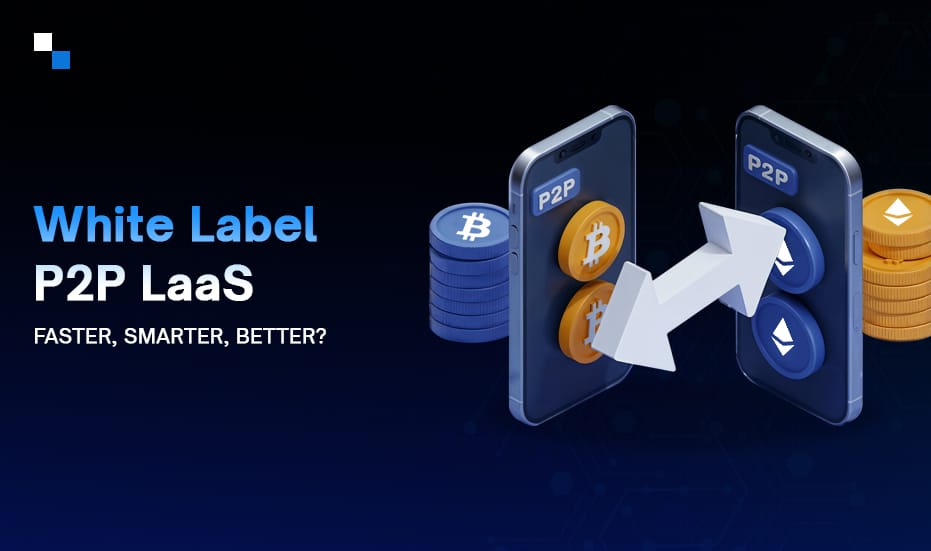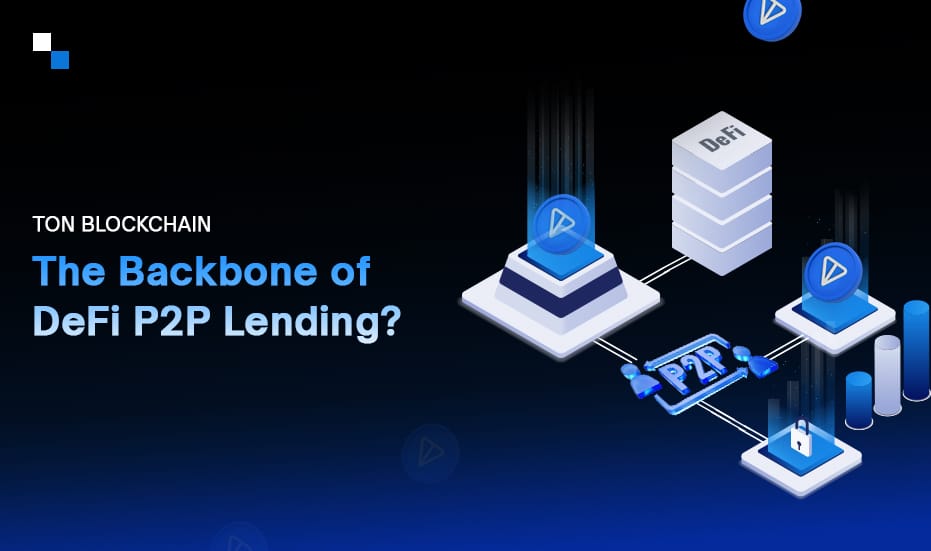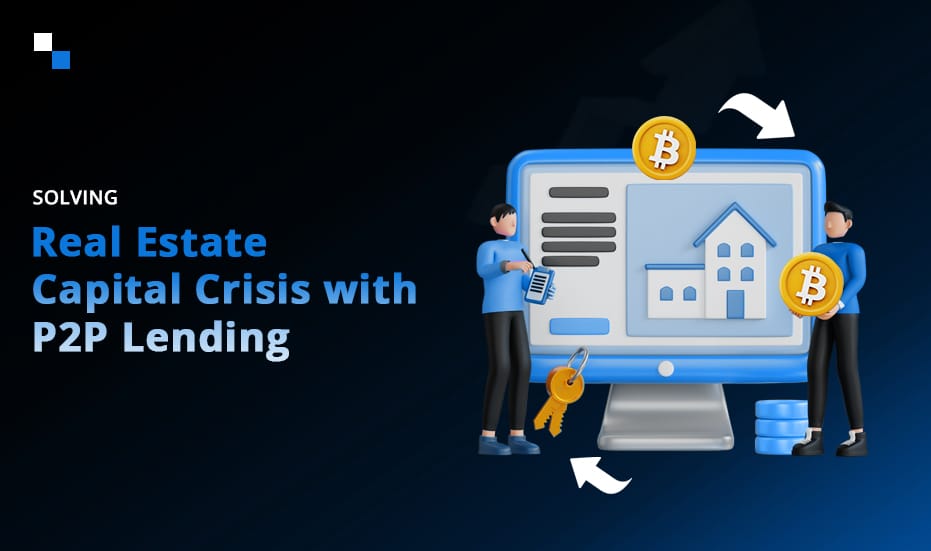
Top 5 Blockchains for Sustainable Token Development
October 18, 2023
Building a Top NFT Marketplace for Art: Revolutionizing the Digital Art World
October 18, 2023Introduction
P2P lending platform software has been a lifeline for individuals and startups that are unable to secure loans from traditional lenders. It has proven to be an accessible means to accumulate wealth and operate smoothly. However, as we progress, we see the world becoming increasingly eco-conscious, with numerous organizations actively working toward sustainable practices in the crypto space, which has surely created the necessity of developing a sustainable P2P lending platform. Let’s explore the concept of sustainability in crypto lending and the steps to develop a sustainable P2P crypto lending platform.
How Does Sustainability works in P2P Lending Software
Sustainability in crypto P2P lending goes beyond just contributing to the environmental aspect; it focuses on economic, social, and many other important dimensions. Here is what a sustainable P2P lending platform software includes:
- Minimizes Environmental Impact: It Operates with a low carbon footprint, employing energy-efficient blockchain technologies and green hosting solutions.
- Promotes Economic Inclusivity: It aims to bridge financial inequalities by providing access to capital and financial services to underserved or unbanked populations.
- Fosters Social Responsibility: It upholds ethical lending practices, compliance with regulations, and transparency to protect borrowers and lenders.
Blockchain Networks for Sustainable P2P Lending Platform Software Development
Blockchains are often said to have very deteriorating effects on the environment. This is true, as blockchains like Bitcoin, which use a proof-of-work (PoW) consensus mechanism, generally consume much more energy than proof-of-stake (PoS) consensus mechanism-based blockchains. Here are some blockchains that can help you build sustainable P2P lending software.
1. Ethereum 2.0: Ethereum 2.0, an evolved version of the Ethereum blockchain, marks a transition from the energy-intensive proof-of-work to the eco-friendly proof-of-stake consensus mechanism. By replacing power-hungry miners with validators who secure the network using staked tokens, Ethereum 2.0 significantly reduces its carbon footprint, making it an ideal choice for a sustainable P2P lending platform.
2. Cardano: Cardano, often praised as the green crusader of the blockchain ecosystem, employs a proof-of-stake consensus mechanism from the outset. Its development process involves extensive peer-reviewed research that emphasizes security and sustainability. This could also be a great choice in the development of P2P lending software.
3. Polkadot: By enabling various blockchains to interconnect and communicate, Polkadot allows for the sharing of resources and data, reducing redundancy and energy waste. If you’re looking to create a lending ecosystem that leverages the power of connectivity while minimizing energy consumption, Polkadot should be on your radar.
4. Avalanche: Avalanche, also known as AVAX, is primarily governed by the proof-of-stake consensus mechanism. It utilizes smart contracts to support a wide range of blockchain projects, including P2P lending platforms, all while maintaining a low energy consumption profile, thus demonstrating its sustainable nature.
and many more…
These options are more than sufficient to build sustainable P2P lending software. For greater transparency, it is essential to understand the steps involved after selecting a blockchain technology. Keep reading to learn more.
Develop Your Own P2P Lending Platform Software
Schedule Free DemoKey Steps to Develop a Sustainable P2P Lending Software:
Right after selecting an energy-efficient blockchain technology, which uses a Proof of Stake (PoS) consensus mechanism, we move further to the rest of the steps.
- Design and Architecture of the Platform: Determine how you want users to interact with your platform, what features it will offer, and how transactions will be processed. Create an intuitive user interface to enhance the user experience.
- Smart Contract Development: Get started with the development of smart contracts that automate lending and borrowing processes. These contracts should be secure, transparent, and customizable to accommodate various lending terms and collateral requirements.
- Deploy Security Measures: Implement tough security measures to protect user funds and data on the P2P Lending Platform Software platform. Utilize encryption and multi-factor authentication. Establish a comprehensive security protocol to prevent fraud and hacking attempts.
- KYC/AML Compliance: Incorporate Know Your Customer (KYC) and Anti-Money Laundering (AML) procedures to verify the identities of platform users. Compliance with these regulations is essential to prevent illegal activities on your platform and maintain trust among users.
- Testing and Deployment: Thoroughly test the platform for functionality, security, and performance. Address any issues or bugs that arise during testing. Once you’re confident in the platform’s stability, get it deployed in the production environment.
Building a Greener and More Inclusive P2P Lending Platform Software
Sustainability in a decentralized ecosystem is not merely a trend but a necessity. As there is a growing demand for building P2P crypto lending platforms, why not create a sustainable lending platform that paves the way for a greener and more economically inclusive future? At Antier, we openly support this step, recognizing the importance that these platforms play in shaping the financial ecosystem while addressing the pressing concerns of our contemporary environment.
Connect with Antier to have a fully-fledged, sustainable P2P lending software developed. With meticulous research and a design-focused methodology, we will create a platform crafted to your specific needs, marking a significant step towards a greener future.



